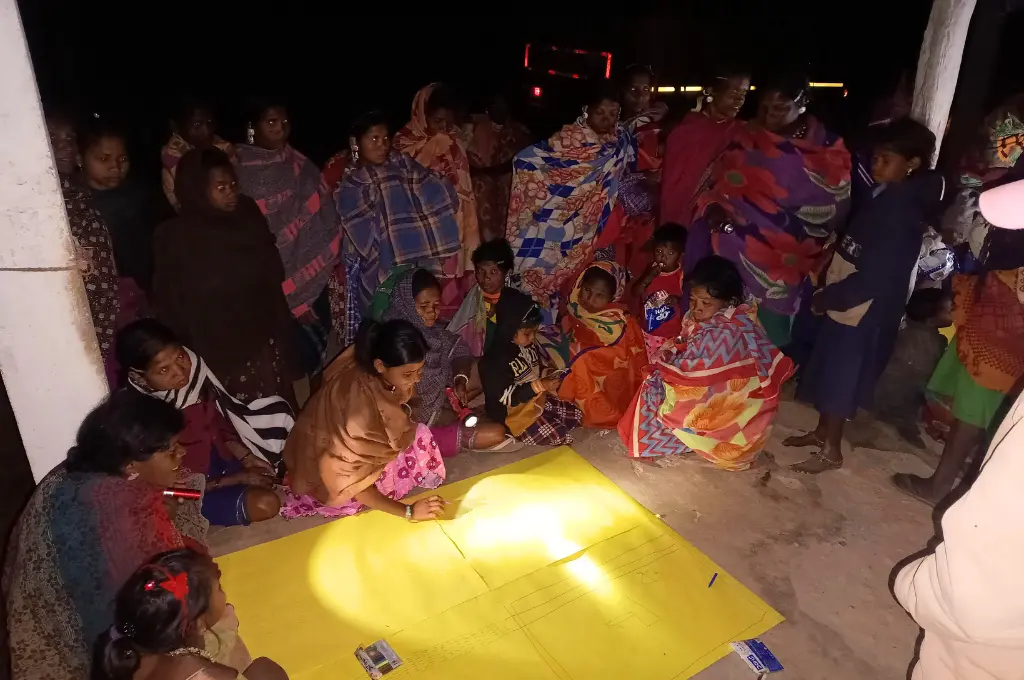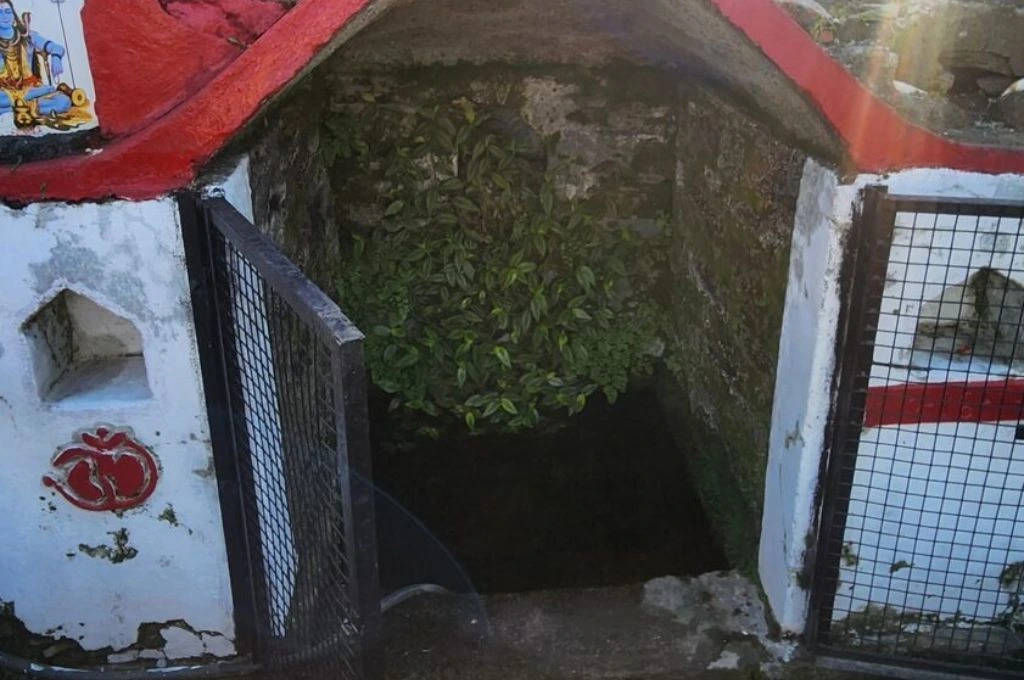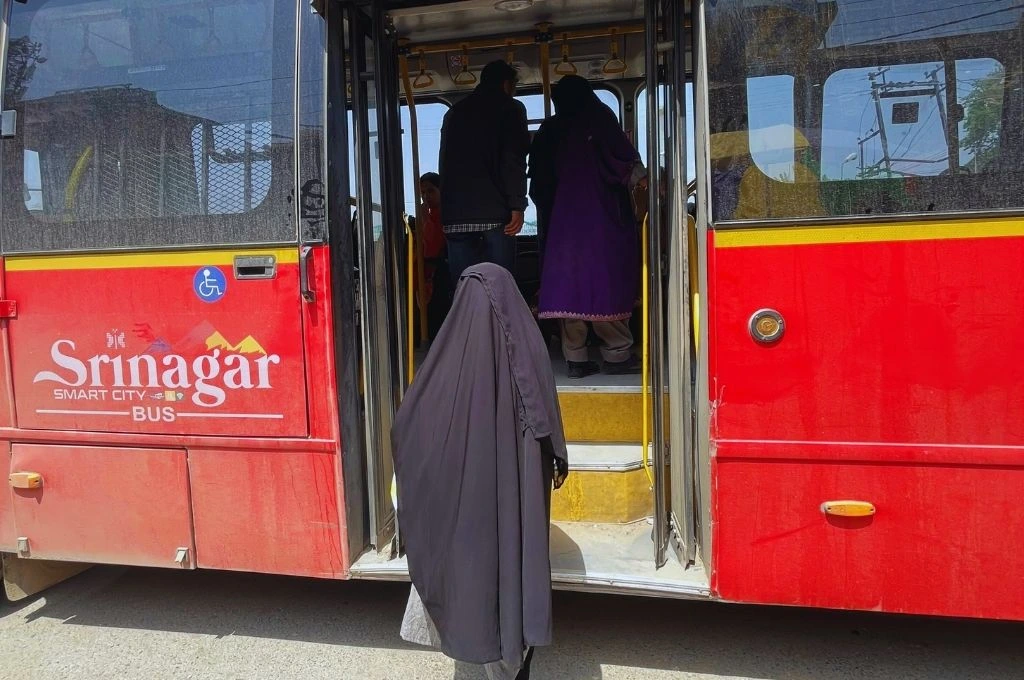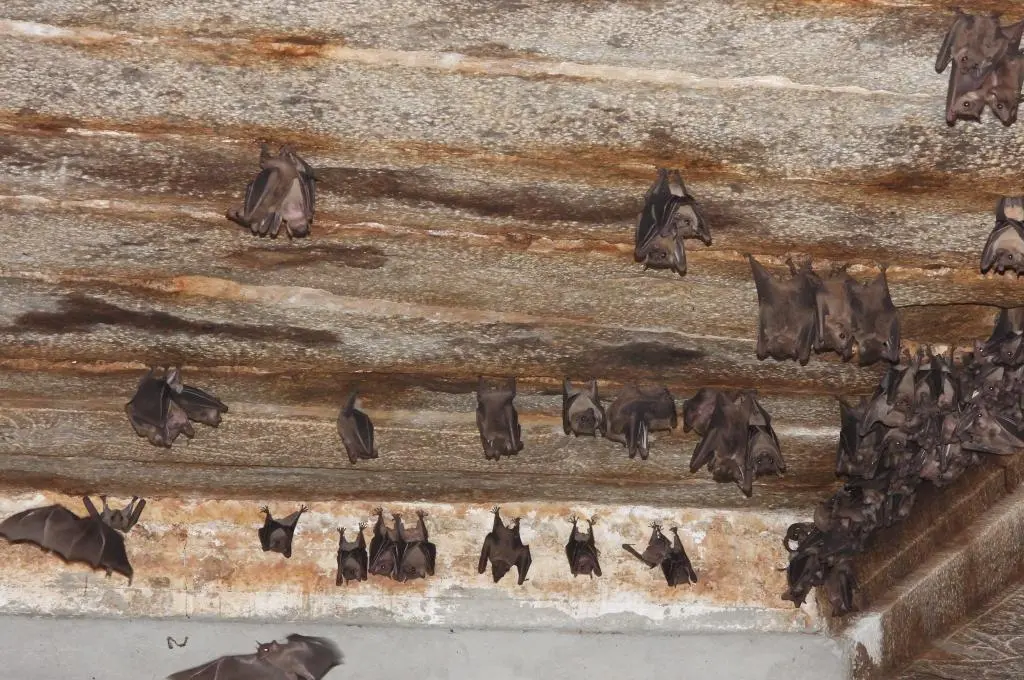Wild edibles for midday meal: Food diversity in Meghalaya’s schools
When a resident of Mawmihthied village tells you where it is located, they talk about the village’s proximity to the town of Cherrapunjee, a tourist attraction famous for its ‘living root bridges’ and high rainfall. But Mawmihthied deserves its own identity—it is among the few villages in Meghalaya where the local government schools provide indigenous vegetable and herb varieties to students in the midday meal.
Local nonprofits, political leaders, village dorbars (councils), midday meal cooks, and schoolteachers have all come together to ensure that a diverse range of food, which includes chameleon plants and banana stems, is served. These vegetables and greens are grown in the school gardens or sourced from the local farmers.
Robinstar Nongrum, a teacher at Mawmihthied Government LP School, says, “These wild edibles were once part of our everyday diet. Over time, to meet the ‘modern standard of living’, our people lost touch with them. Now they are coming back to such foods.”
Diana Kharakor, a midday meal cook at Mawmihthied Government LP School, says, “Before training for the project, I did not know about so many of these foods. I had no idea that you could even cook with the seeds of certain vegetables and did not need to throw them away.” For people like Diana, working on the project has also meant an increased income, which keeps them motivated; otherwise, they were surviving on a monthly salary of INR 1,000.
Since the project is funded by pooling in resources from global funders, local MLAs, and even schoolteachers, it is helping schools boost their existing midday meal system. Robinstar says, “Now we can feed children five days a week. Earlier, the money that we were getting was only sufficient to feed them for three days.”
“We are a lower primary school with children from standards one to five. However, we also have pre-primary classes. The government provided us rice, but for everything else we were left with only INR 4.97 per child.”
Pius Ranee, executive director of NESFAS, the nonprofit that is facilitating the project, says they want to scale this project further and take it to the state government to make food diversity a part of the public distribution system. “The intention was to start working at the grassroots level with BDO offices and village councils, and win the trust of the communities. There’s ample interest in the local communities, and even politicians in the state have called us to demonstrate recipes.”
Diana Kharakor is a midday meal cook at Mawmihthied Government LP School. Robinstar Nongrum is the head teacher at Mawmihthied Government LP School.
—
Know more: Learn how an exchange system with middlemen is bringing down the dietary diversity of Paharias in Jharkhand.
Do more: Connect with Robinstar Nongrum at iakameri@gmail.com to know more and support his work.



